OQVestir: Brazilian E-Commerce in the Fashion and Luxury Segments
Mariana Medeiros talks about the online fashion apparel sector in Brazil and presents her company, OQVestir, mentioning its differentials but also some of the challenges to be faced and her vision for the future. She also discusses entrepreneurship for women in Brazil.
Interview with Mariana Medeiros, Director-Partner at OQVestir
Please tell us about the fashion apparel sector in Brazil.
It’s very interesting to talk about the online fashion apparel sector in Brazil because in 2008 when we established the company there was not yet an online fashion apparel market. There was no index, and no numbers or figures about this market. Five years later, in 2013, the retail sector online was the first sector amongst all e-commerce in Brazil with more than 13% of sales online, even greater than electronics which used to be the leader in the sector.
If you open a multi-brand store in Sao Paulo it will be restricted to the people who live in that neighborhood and in a huge country with a lot of traffic jams and with busy people – time is our most valuable asset at this moment – then the idea of the internet was exactly to offer this alternative to the customers. All the projects of OQVestir were based on this foundation.
It is amazing to see how from a zero market it grew up so fast in the last five years. I believe that Brazil has several characteristics that allowed this to happen. First we have a very strong offline retail market in luxury and fashion that is very well-established in the country. We have a very high penetration of internet and mobile. Another thing that is very important is that we have a very high penetration of credit cards in the AB classes. I think we had an ideal environment with a country where people like the fashion segment, and two things that are very important for e-commerce development – a well-developed broadband network plus credit card payment method. We could very quickly go from nothing to 13%.
Still, there is a lot of room to grow because the percentage of retail in e-commerce in Brazil is 3%. The percentage of transactions in fashion retail that are completed on the internet is 3%. When we compare this with the United States, it is 10%. There are some countries like South Korea where it is 18%. There is a lot of room to grow. It is a leader in the segment but it’s still a great market.
Please tell us how your company started, its history, the areas you are in, and all the key data.
My background is as a lawyer. I used to work in M&A. One of my partners was also a lawyer in M&A and the other was a journalist. In the beginning it was quite funny because two lawyers and a journalist with no background in retail or commerce or technology setting up an e-commerce business to sell women’s apparel in the luxury segment in 2008 in Brazil sounds like a crazy project. Crazy was exactly the word we heard from everybody when we told them we were leaving our jobs to set up OQVestir. But we believed strongly that Brazilians would be interested in e-commerce because we are a huge country and usually big labels are concentrated in big cities and people from all over the country don’t have easy access to the new things and the best labels. It is too expensive for a label to have a presence in 24 states.
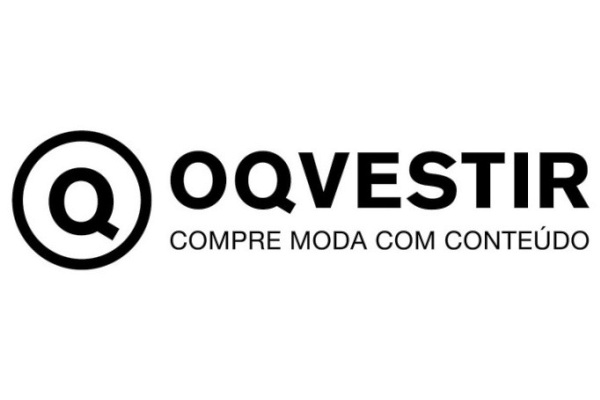
We figured that we had a strong fashion industry, we had consumers, we had a country that was overcoming a crisis and people had access to more and more money with power to buy things, and we didn’t have any multi-channel or multi-label supplier for this market. Based on this analysis, we believed in 2008 that Brazilians could have interest in the commerce. Of course, we used a lot of our experience as women and as women that used to work a lot we know how difficult it is to take care of your job, your children, your family, and buy clothes and keep trendy. This lack of service may have been difficult for the men to observe but we created this idea out of our own necessity. I wanted to buy clothes on the internet. One day I tried to buy clothes on the internet and I was surprised that when I was searching on Google looking for clothes, shoes, or women’s apparel online, the results came back with “no match found”. This was in 2008 and I was feeding my second baby Daniella. The third time I tried a combination of words to buy anything online and I figured out there were no companies offering this service in Brazil.
The idea was born and I invited a friend who was more in the fashion segment because she used to be a journalist for a fashion magazine. She developed more of the ideas from there. I told her that we should sell clothes on the internet and she said we could do more than that. We could produce something like a magazine to show combinations and how to match a blouse and a skirt. We could show how to wear things because people would love that and we could deliver all over the country. The main idea was to provide a mix between products, service, and fashion advice in a very practical way through the internet and for the whole country.
If you open a multi-brand store in Sao Paulo it will be restricted to the people who live in that neighborhood and in a huge country with a lot of traffic jams and with busy people – time is our most valuable asset at this moment – then the idea of the internet was exactly to offer this alternative to the customers. All the projects of OQVestir were based on this foundation. We wanted to make a nice assortment, to collect nice labels – and this doesn’t mean only the famous ones but to look for nice things that aren’t very famous, as it is great to find something different but nice, and to make something that could be high-end but accessible for everybody because it’s too easy to say Gucci is nice and Chanel is nice but nobody can afford to only buy high-end things. When we say high-end, it is a broader high-end – it is everything that Class AB buys but can be cheap or expensive. We don’t restrict our merchandise based on price.
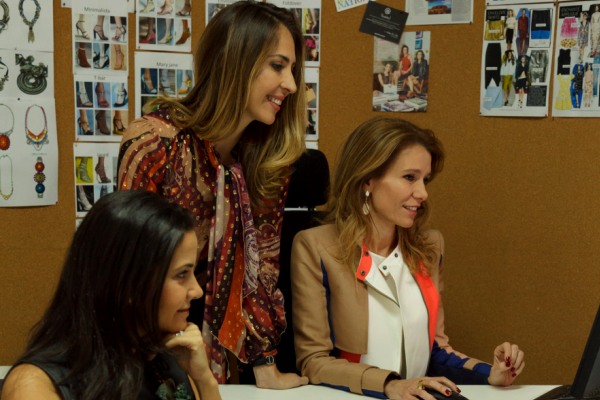
The third thing was to think how the modern woman would like to be treated. We wanted something that would be very realistic. Magazines used to show clothes in a very trendy way but it’s completely different from what you see on the streets. Nobody goes to work or picks up their children wearing those nice combinations you see in the fashion magazines. It’s too trendy or sometimes it’s too artistic. We tried to do something that was more everyday. I think the biggest reason why bloggers are so popular today is because they show an everyday woman – how they go for dinner with their husbands, how they go to the gym, what they wear on a Saturday morning.We tried to put this in a very practical way and organize it in a way that makes it easier for the woman to navigate.
In the beginning when websites sold electronics they organized things in a very logical, practical way according to, I think, a man’s way of thinking. We know that women sometimes just want to look around. You go to the shops just to look and see what is trendy, just for fun. We developed a new method of navigation based on our experience and how we would like to see the pants categorized and distributed. We created a different way to organize and show the products and I think this was the most unique thing we did. I remember that when we sat down with the ERP guys, what we wanted was completely different from the way their system works. We customized their system to create a new tree of categories and we did this in the ERP and in the platform. It was a different way to show the same product.
The other thing we put a lot of effort into was in customer service, such as how a woman likes to be treated when she is buying clothes. We know that when we are buying clothes we are giving a present to ourselves. The package could not be that brown package that you usually receive – an ugly one. We use nice silk paper with a message in handwriting from the founder saying thank you for your purchase, I hope you enjoy it. We have a very nice package. I remember the first time we showed this to the logistics guys and they said we were crazy. They said that does not scale and this is e-commerce, not street shopping. But we said no, this is e-commerce and it is going to work like this. Our products will be shipped in this way. We ship hundreds of thousands of orders a day the same way we did in the beginning – with this care. When the client receives the package at home, the whole experience is a different experience. It’s not only to sell product but it’s to allow a different experience on the internet. When you buy, you will receive it quickly and if you need to return it, it’s easy. You have someone to help you to decide what size or model you should buy. That is the purpose of OQVestir.
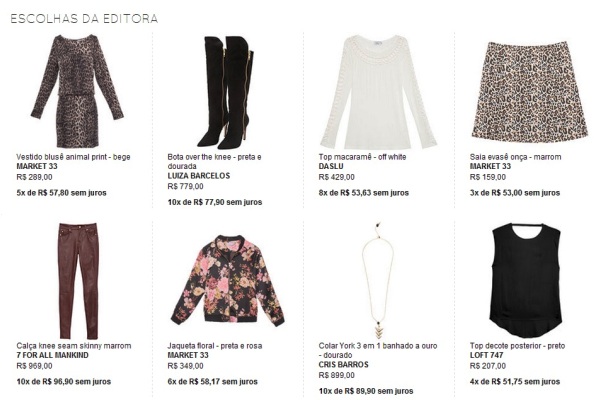
That is a great differential. What else do you do to stay ahead of the competition because I imagine that now you are not the only one in this market?
Yes, we were the only ones five years ago. Of course, competition is nice because when there’s competition it means there is a market. It’s strange when you are the only player in the market and it’s very good to have competitors. What we keep doing is grow but keep our DNA. We want to keep our focus on the quality of the products, the quality of the service, and of course to keep new features and new technologies that make the client happy. This is something we re-evaluate every six months. Regarding the design of the website, we’ve already had five different designs. One feature that may be very interesting one year may not be so important for the clients anymore in a few years.
We keep our focus on what is important for the customer. I think that’s the way we differentiate ourselves from other companies. What we see in some companies is that they have a motto and they use the same motto in all countries. They have this motto in Germany and they have the same in Brazil or the U.S. I think what we do that is different from the market is that we create something while thinking a lot about how Brazilians think and how women think and then it is easier to take care of the client when you know what the client wants.
Now to talk about the challenges, what would you say are the main challenges for the company here in Brazil?
In the beginning, back in 2008, the challenge was to convince labels to sell online. Most of the big brands didn’t want to sell their products online. They don’t allow us to show their products because they were concerned about how we would handle their trademark – there was a branding concern. Currently, of course, there are no more problems in convincing people that the online channel is very important and relevant.
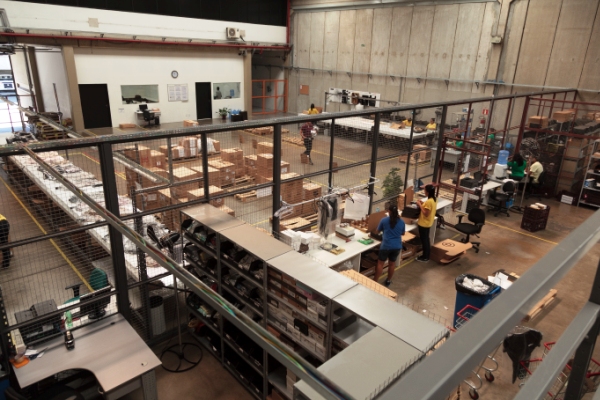
I think we actually have the opposite problem – we have so many offers and so many different types of products and we want to restrict OQVestir to things that are related to women. We keep selling clothes, shoes, sport products, and home products, but I’m not going to sell bikes. We are talking about fashion. The biggest difficulty is to say no in a very gentle way and to keep our focus. We can’t lose our focus. I believe that when you try to do everything together, you lose your focus. We keep this focus. People ask why we don’t sell things for men. Maybe in the future but at this moment we still have a lot to do for our women clients. One step at a time.
What is your assessment of entrepreneurship for women in Brazil?
It is quite difficult to be a woman entrepreneur in Brazil, especially in the technology and digital segment. I will never forget the first time I was invited for a Founders Forum Latin America that was a foreign event to discuss the new future of the digital sector. There were a hundred men and four women – Isabelle, Rosana, myself and one more – in this place and they looked like what are these girls doing here? In entrepreneurship in Brazil, you see a lot of women especially when you focus on certain segments like gourmet or even in fashion. But when you go from fashion to retail and e-commerce, it was more of a men’s area but this was nothing that we couldn’t conquer.
It was difficult in the beginning – people simply don’t trust your word or put any confidence in you. They said this is a technology issue, this is e-commerce, and this is not a business for girls. We heard a lot of this type of things. But things have been changing so quickly that currently we see other e-commerce companies and a lot of women in Brazil getting very good results. We have Magazine Luiza, Dudalina, Marisa — there are great companies that have women in the front of the company or as founders. I think at the same time it was an environment in which they weren’t used to seeing women. They welcomed women without a big rejection. In the first moment, people were surprised but then they helped you because they were so surprised at what you were doing there. On the other hand, it helped us in the beginning because we were welcomed. Let’s help them because they are brave and they are here when nobody is here. This was the positive thing about being a woman entrepreneur in the digital area.
In terms of investment opportunities in this sector, I imagine there are many opportunities.
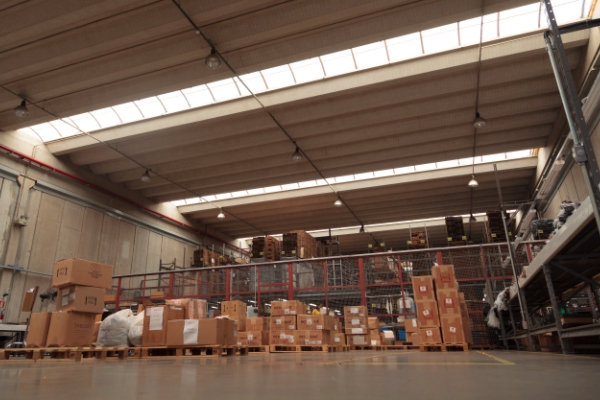
I think that in the last five years there was a lot of investment. In 2008 there was nothing and then the first movement in fashion apparel was discount clubs like Privalia or Brands Club. A lot of people invested in this segment. After that was the time for investment in our segment, which was the high-end or the “current collection” segment. We have Dafiti and a lot of others, and we also have a lot of small ones that come up, then fade away, then come up again.
It’s still a growing market but now I see that the market already exists and there are big players. It’s more difficult for small players to take up space because things are different from five years ago. Five years ago it was a swimming pool with nobody swimming in it. You could jump and swim as much as you wanted. Now you jump and there are ten guys in the same line and you need to create your space. It’s not the same opportunity as it was some years ago. In the beginning, investors and companies had a mantra of grow, grow as much as you can no matter how much it costs. Currently the mantra is completely different – it’s profitability and make a sustainable business. This does not mean that there’s no opportunity but I believe the opportunities are more focused on those segments that do not have so many players. Some segments already have enough players. Probably in five years, half of the players that we see now will not exist anymore.
What would you like your company to achieve over the next three or four years?
We want to be the biggest e-commerce in our segment in Class AB, in the high-end market. That’s our goal and that’s where we are putting our efforts. We want to keep our path and build a great company but without losing our DNA of keeping customers happy and this personality that we could bring to e-commerce must be maintained.
If you could give a message to a national or international investor that is interested in investing in this area here in Brazil, what would it be?
I would tell them that Brazil is a huge country with a lot of opportunity but we have behavior that is very proper from Brazilians. Take care to not import a motto from other countries that may have been successful elsewhere such as in the U.S. or in Europe into Brazil because you cannot copy and paste and make it work. There are some cultural issues that must be taken into account to take care of business in Brazil. I see that sometimes some ideas are very good but they don’t fit with Brazilian behavior. There is a culture in the country and sometimes it’s quite different from what we see in other countries.
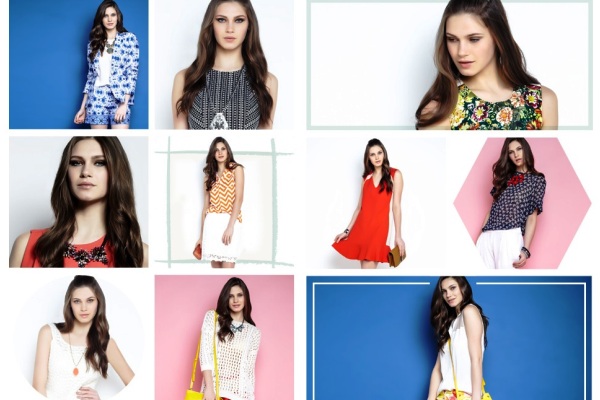
Of course, as with all developing countries we have a lot of challenges in a lot of segments such as logistics, traffic jams, high tax rates, etc. It’s not an easy country in which to set up a business because it’s so bureaucratic but on the other hand when you overcome these obstacles in a developing country, then you have a big market.
I will tell you a little bit about how we do things differently from the market for our customers. Last year, we involved our team in the production of a movie. There is a movie called Latitudes that cast Alice Braga, the famous Brazilian actressl. They came to ask us if we could lend the clothes for the production of the movie and we told them we could do better than that. We said if you want our help to create the fashion environment – because the movie is a love story between a photographer and a fashion editor – if you need anything from our perspective to tell you how the life of a fashion editor is, welcome. We are here to help you.
They were very interested and then OQVestir assumed the fashion administration of the movie. We introduced the producers to the Burberry team and they could go to the runway of Burberry in London. Then in one of the episodes of the movie she was really watching the Fashion Week in London of the Burberry runway. We got involved and the movie was launched last year. It was the first movie that was what they called a transmedia movie. It was a movie that from the same material they created one cut that went to YouTube, one cut that launched on TNT on pay TV, and one cut for the cinematic version. It’s from the same material and it is three versions. We were involved in the production of that.
It was a very nice experience and it’s a kind of branding and an example of how to think a little bit outside of the box and do nice things. Of course the labels that are sold through OQVestir were so happy to have their products in the movie. Sometimes we also sponsor a runway of a label for which we sell clothes. We make a real-time identification on our blog and people can buy from OQVestir at the same time they see the clothes on the runway. This puts technology closer to the fashion world and creates new opportunities for the customer.
FAIR USE POLICY
This material (including media content) may not be published, broadcasted, rewritten, or redistributed. However, linking directly to the page (including the source, i.e. Marcopolis.net) is permitted and encouraged.